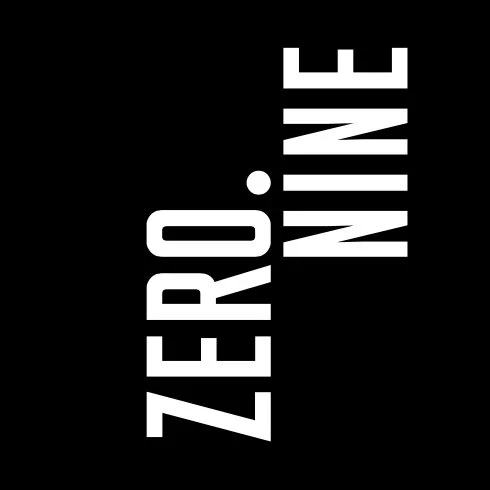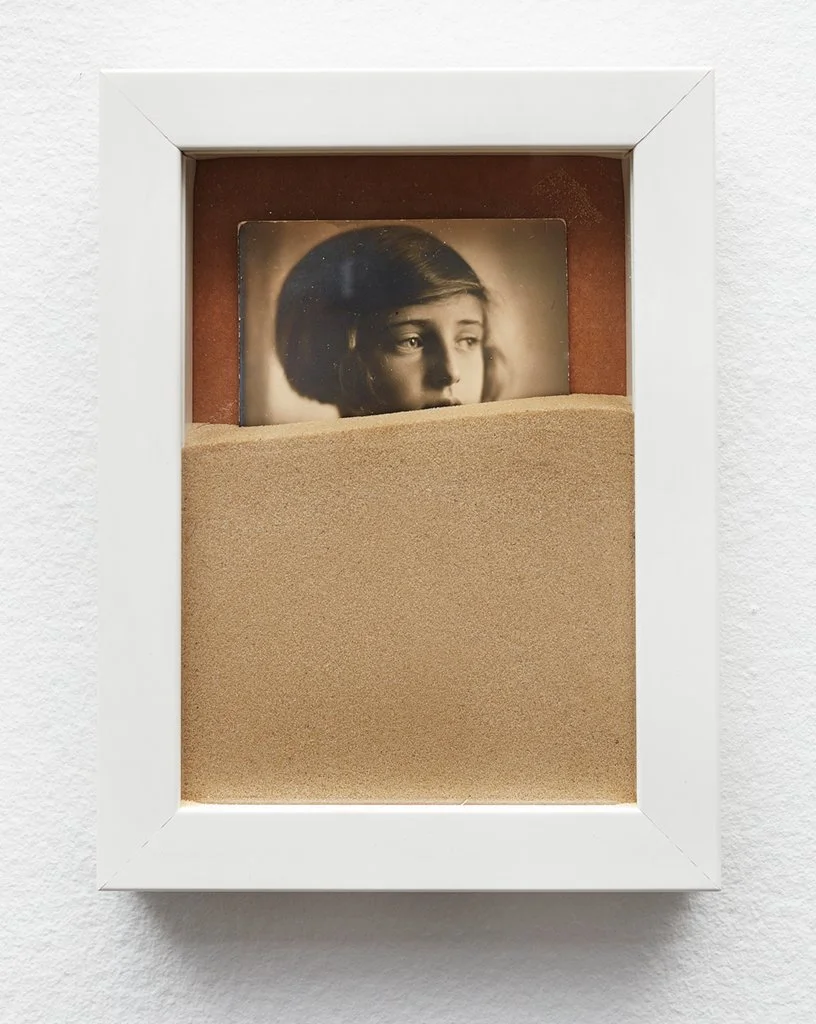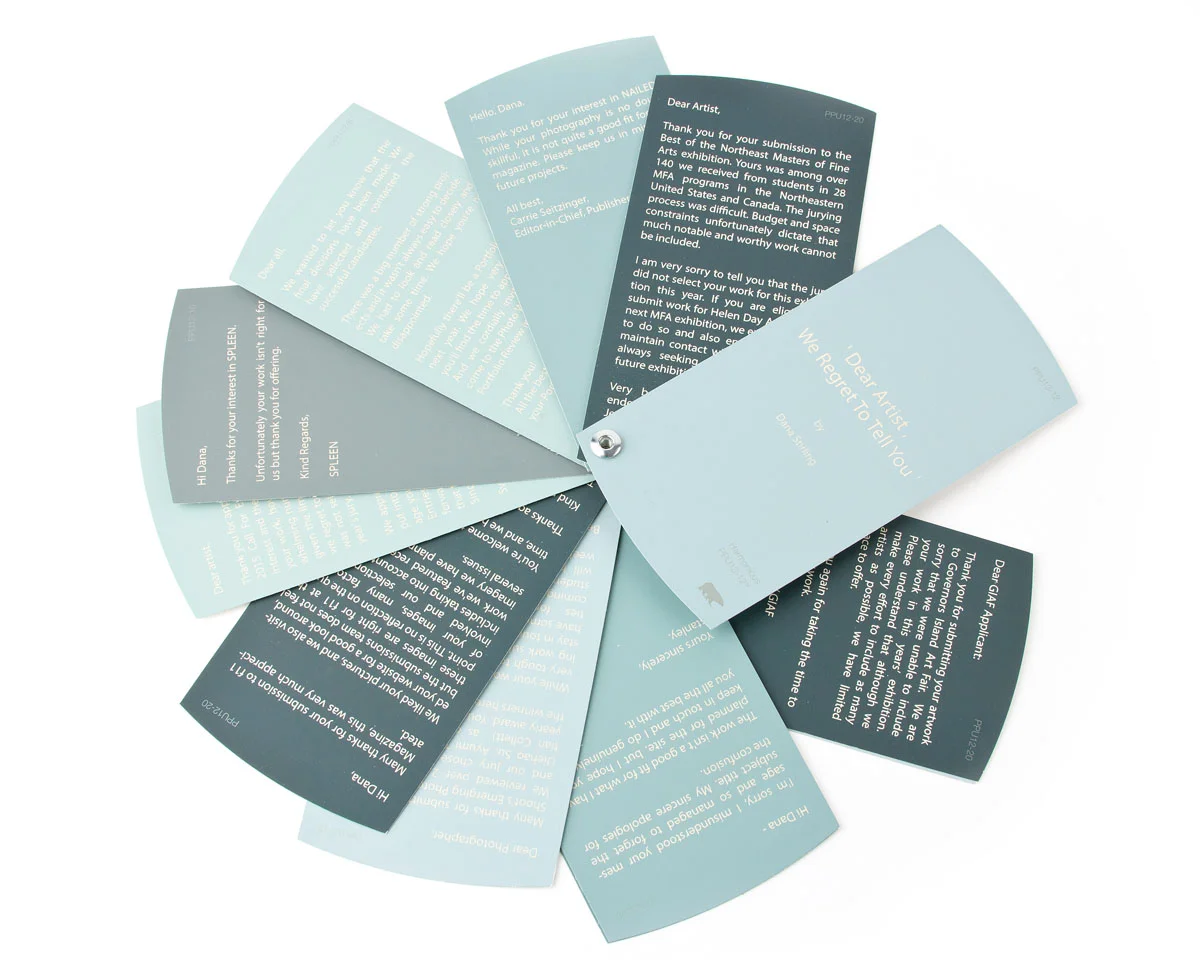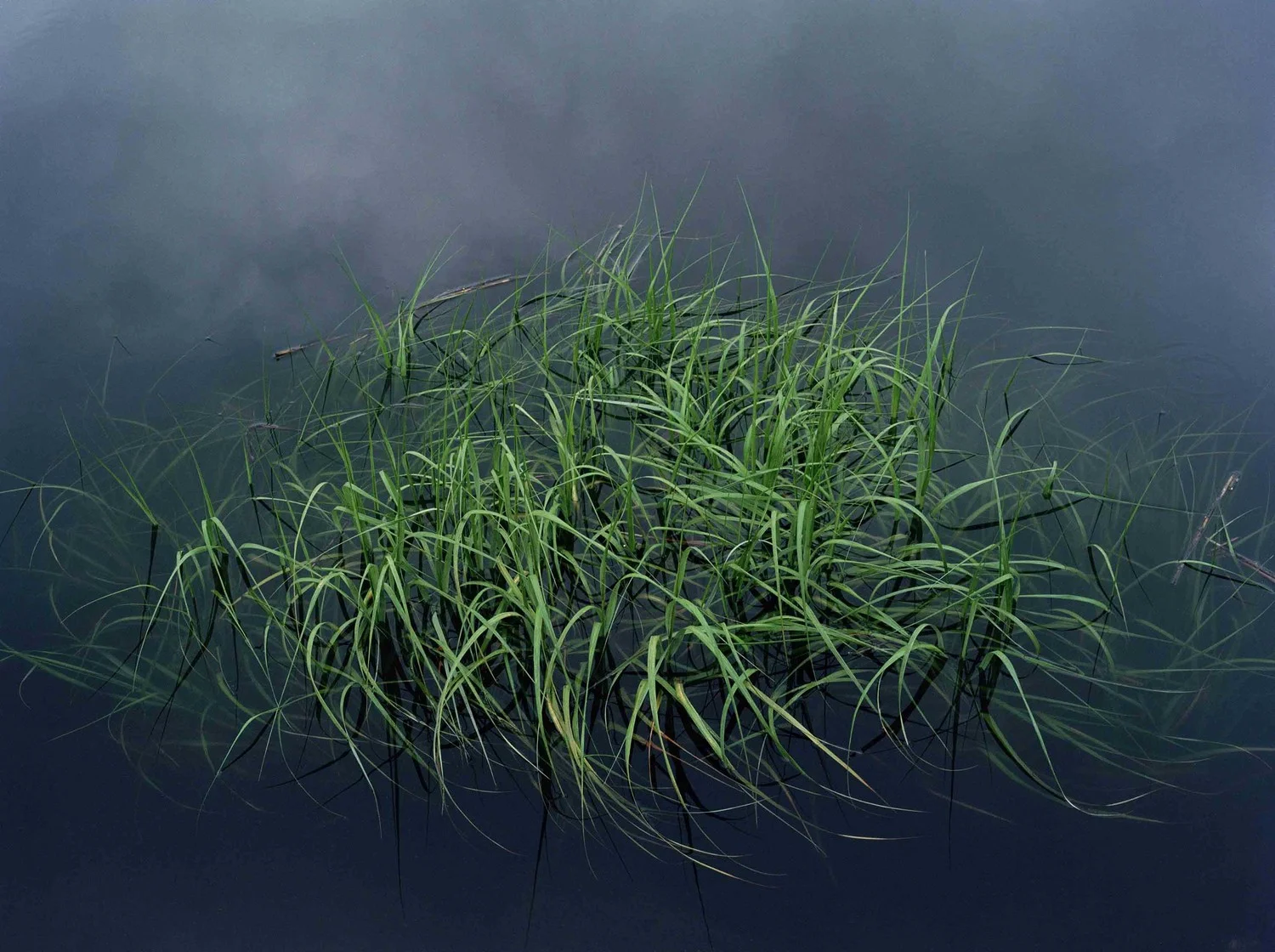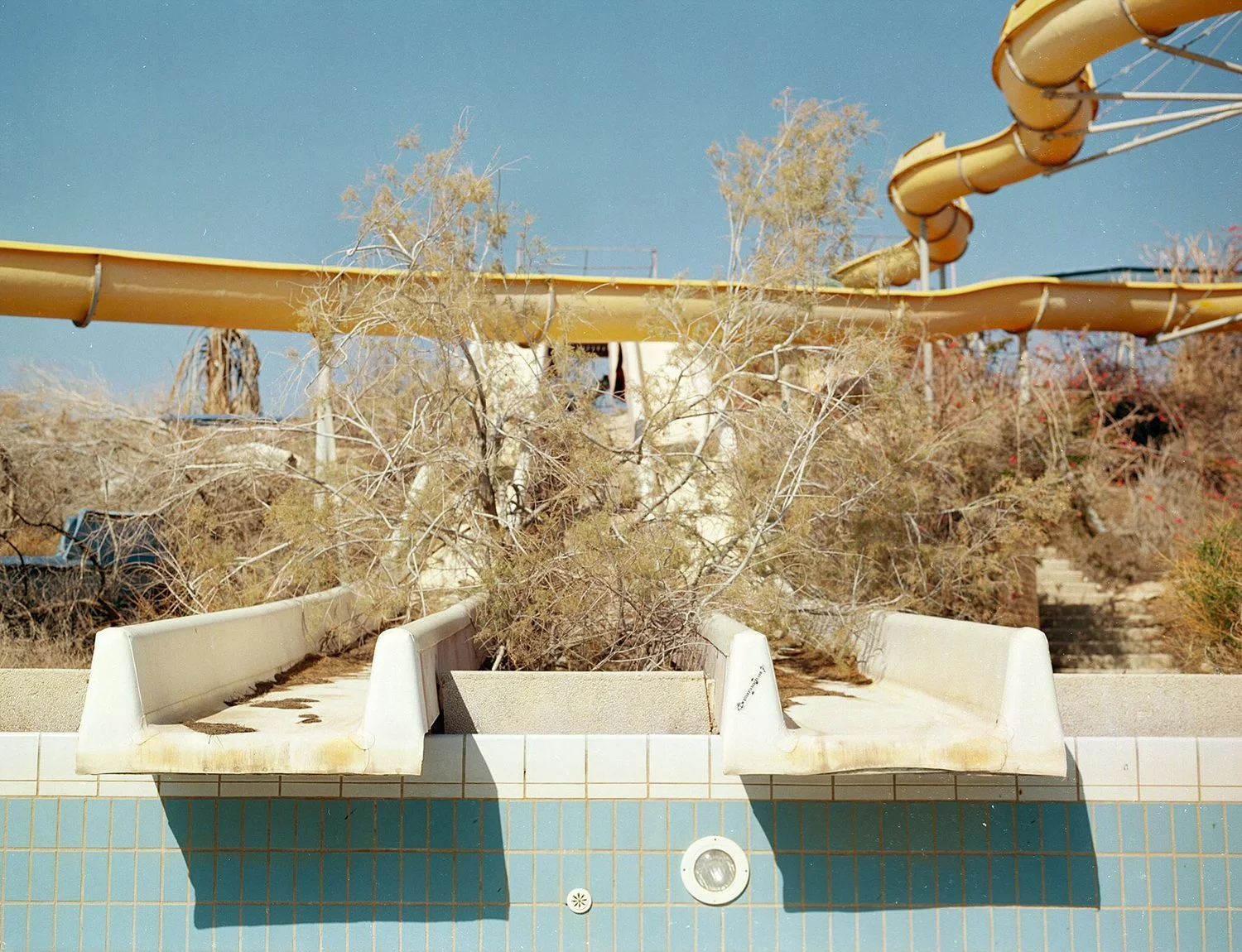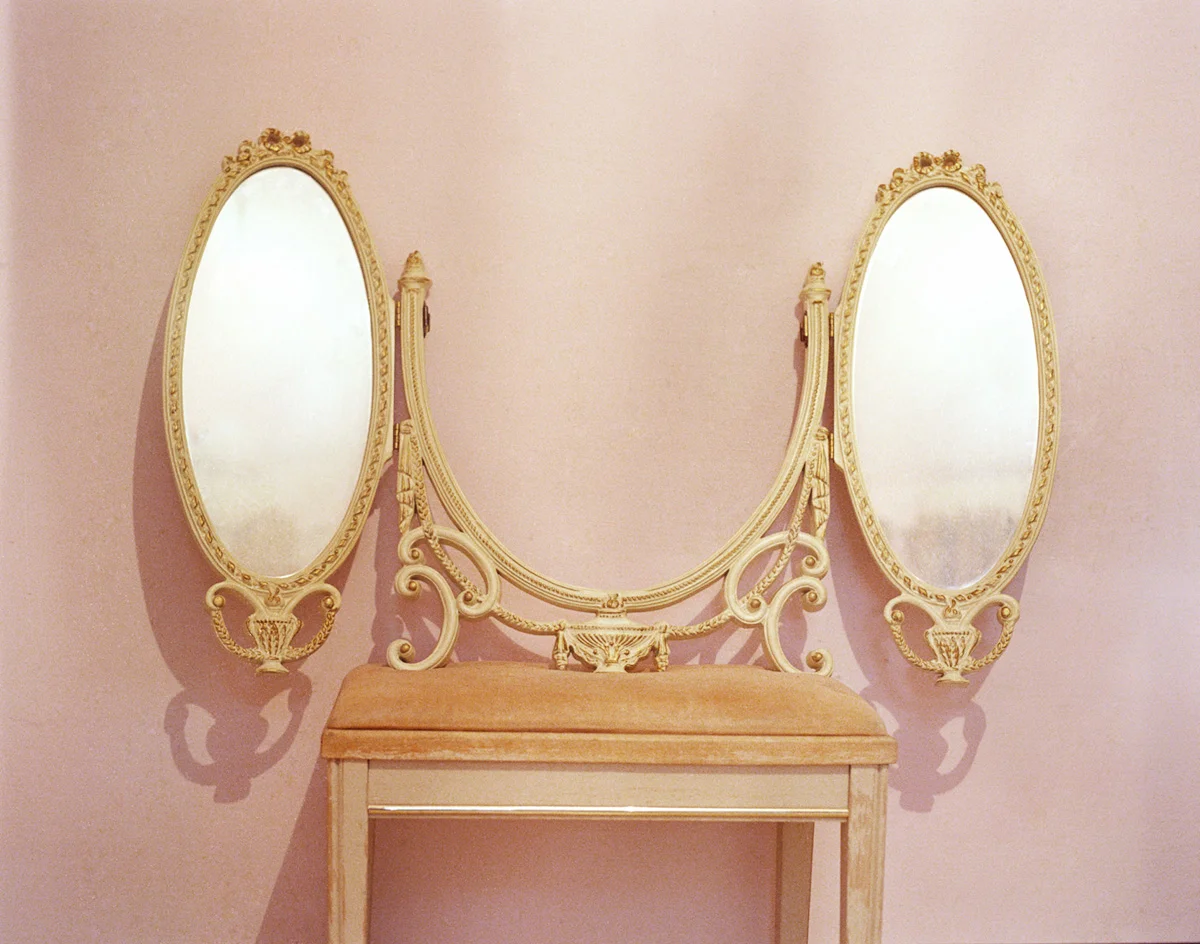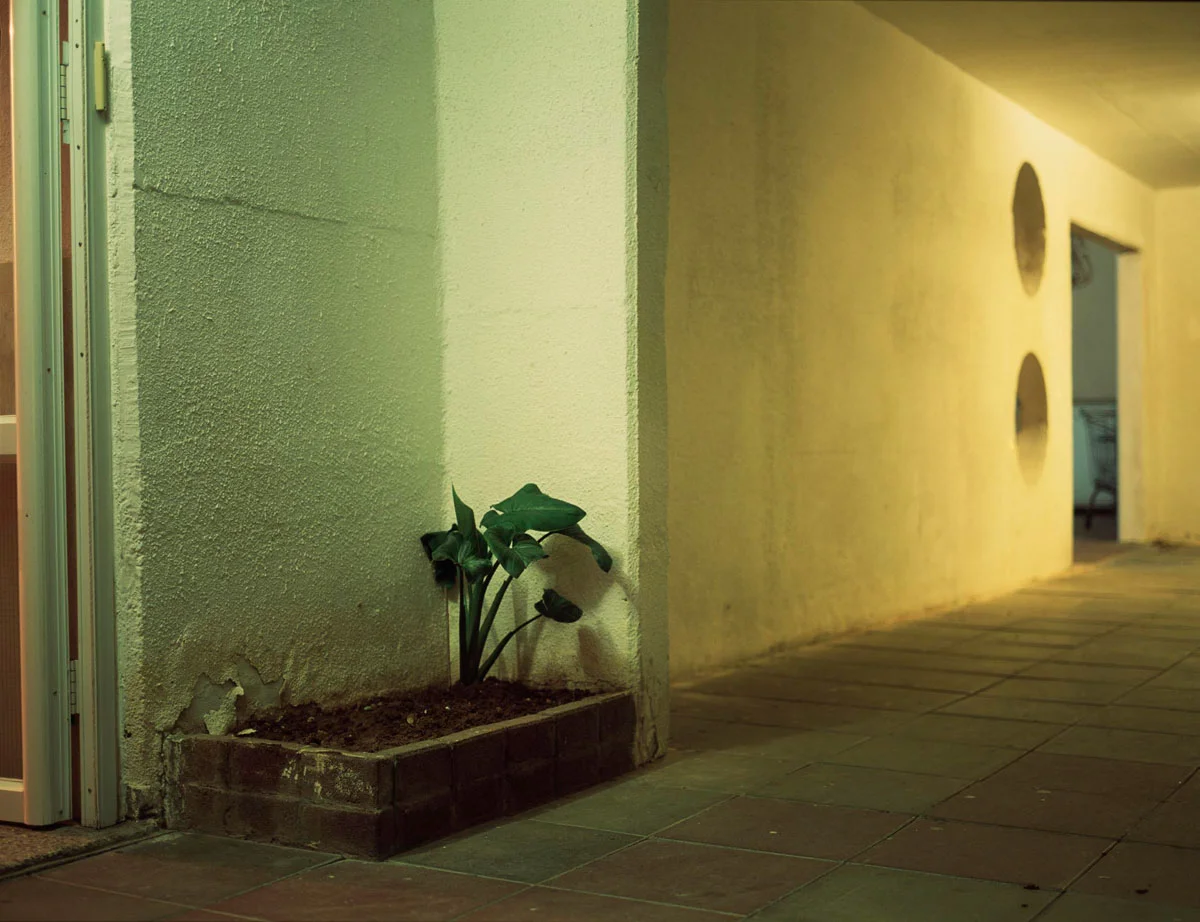Back in 2018 I received a collection of images from an estate among other random anonymous imagery. When looking into it, I realized that the people in this group of images were the same couple. With no information, names, locations, or years they are strangers to me.
I’ve been editing, sequencing, and creating photo digital collages from this collection. This method of manipulation allows me to not only re-imagine the story behind these individuals, but in a way survey the way we use photography to read what is true or not. I am reclaiming their story for myself, enhancing what I believe their relationship is.
Are they happy together? Maybe, maybe not. Who are they? What was their lives like? Does it even matter at this point?
With these collages I explore their relationship in a way that I see it. The truth is in the eye of the beholder, that is me. This story is fictional yet rooted in real images and real people who are anonymous.
The white empty space that is created and left around the collage is a big part of the work. This negative space is where I, as the artis, lives. I use it as a tool to isolate the images and create a boundary between what is real and what is fictional.






